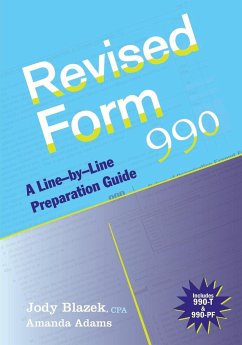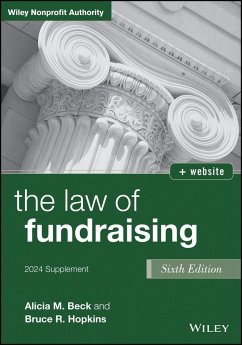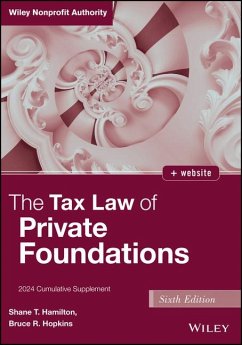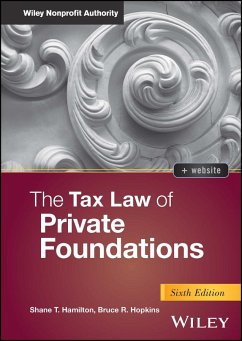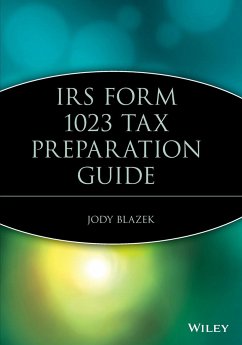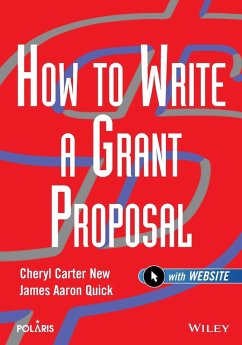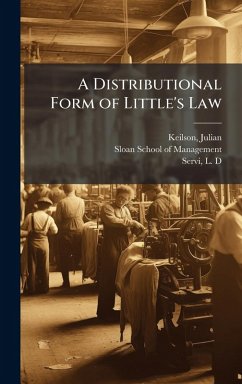
Form 990
Exploring the Form's Complex Schedules
Versandkostenfrei!
Versandfertig in über 4 Wochen
125,99 €
inkl. MwSt.

PAYBACK Punkte
63 °P sammeln!
Mastery of the current Form 990 beyond its Core Form pages requires an understanding of the Form's transparency demands relating to multiple complex issues, including: Transactions with certain insiders, expanded disclosure of highly-comp'd individuals' calendar year compensation, identifying and reporting in the presence of, "related organizations," nuances of the two "public support tests", undertaking of foreign operations, and more. This book covers the most advanced tax and nonprofit issues related to Form 990's Schedules. You will not only gain an understanding of the tax and practical p...
Mastery of the current Form 990 beyond its Core Form pages requires an understanding of the Form's transparency demands relating to multiple complex issues, including: Transactions with certain insiders, expanded disclosure of highly-comp'd individuals' calendar year compensation, identifying and reporting in the presence of, "related organizations," nuances of the two "public support tests", undertaking of foreign operations, and more. This book covers the most advanced tax and nonprofit issues related to Form 990's Schedules. You will not only gain an understanding of the tax and practical points necessary to complete Schedules A, C, F, J, K, L, N, and R of the current Form 990, but you will also be advised as to how to communicate with exempt clients on each of these Schedules' unique demands. This book will prepare you to do the following: * Distinguish between the in-flows of each of the public support tests, apply each test's calculations, and identify what defines a supporting organization, and note such entities' types and attendant reporting obligations. * Distinguish the reporting obligations of 501(c)(3) organizations with respect to lobbying versus that of the proxy tax in place for 501(c) (4), (5), and (6) organizations, and note required electioneering reporting of all 501(c) entities. * Recognize the triggers for Schedule F. * Recall the definitions of Interested Persons applied within each Part of Schedule L. * Recognize the expanded compensation reporting and management practices inquired of in Schedule J. * Appreciate both the need for bond counsel involvement in completing Schedule K and the diverse scenarios that trigger Schedule N. * Identify the common reporting disclosures required in the presence of "related organizations" and the unique reporting demands applied, based on type of entity.



